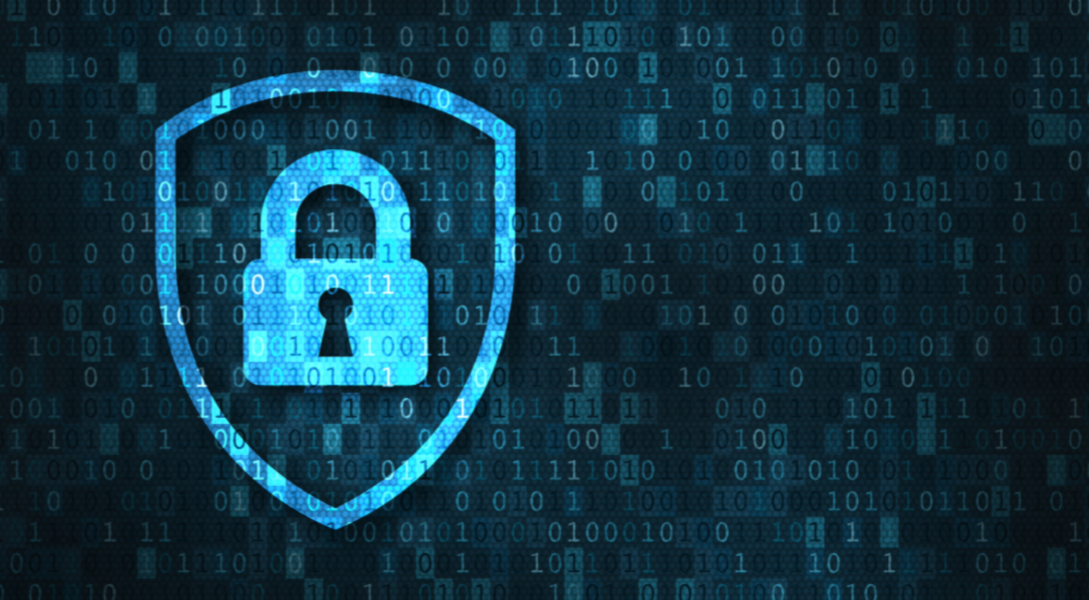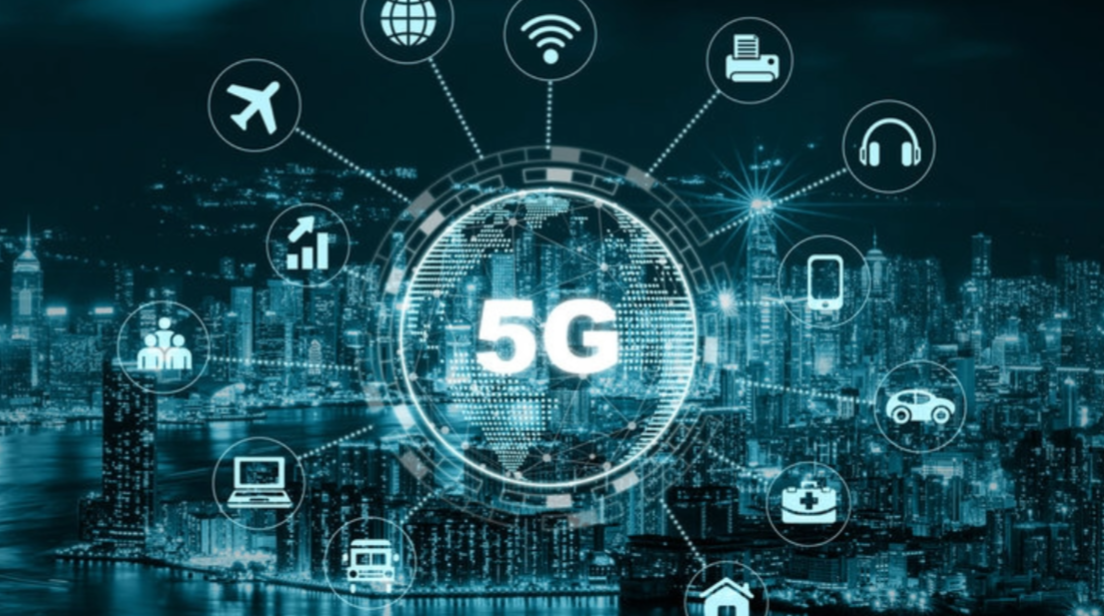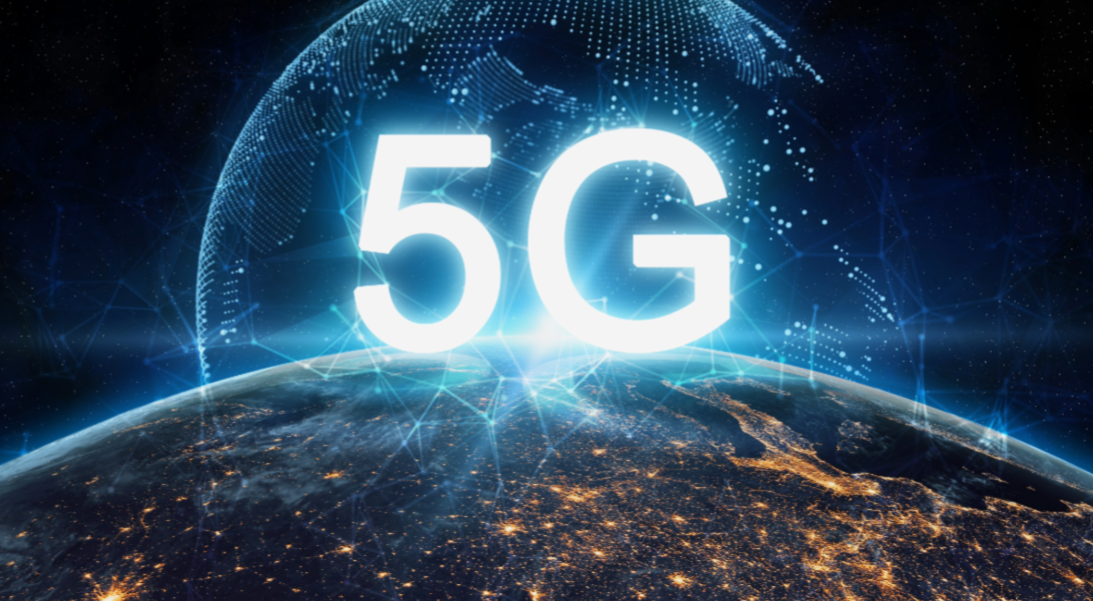When it comes to revolutionizing field operations, few advancements hold as much promise as 5G. The impact of 5G technology on real-time maintenance monitoring isn't just a minor upgrade; it's a seismic shift that could redefine how we manage and maintain our industrial assets. This cutting-edge network technology, with its blistering pace of data exchange and minimal delays, edges us ever nearer to an era of unparalleled efficiency in our operations. But what does this mean in practical terms? Diving into how upgrading to 5G shifts our approach in predictive maintenance from a game of educated guesses to an exact and meticulous methodology.
Unveiling The Impact of 5G Technology on Real-Time Maintenance Monitoring
Understanding 5G Technology
The advent of 5G technology is not only transforming the way we communicate but also revolutionizing industrial maintenance. Exploring how 5G technology reshapes the future of industrial upkeep, this piece unveils a new era of heightened efficiency and potential.
The arrival of 5G, with its blazing fast speeds, minimal delay, and ability to connect a vast array of devices simultaneously, is dramatically reshaping the industrial terrain. These characteristics make 5G a game-changer for industrial maintenance, enabling real-time communication, data transfer, and the deployment of advanced technologies.
Comparison with Previous Generations (4G and 3G)
Compared to its predecessors, 4G and 3G, 5G offers a quantum leap in performance. While 4G focuses on delivering high-speed internet to mobile devices, 5G takes it to the next level with speeds up to 100 times faster, significantly lower latency, and the ability to connect a vast number of devices simultaneously.
This enhanced performance opens up new possibilities for industrial maintenance. Real-time monitoring, predictive analytics, and remote troubleshooting become more feasible and effective with the power of 5G.
Potential Benefits and Limitations of 5G Technology
One of the key advantages of 5G in industrial maintenance is the ability to achieve real-time monitoring and analysis. Through immediate feedback from interconnected gadgets and sensors, maintenance crews can pinpoint problems early on, averting potential escalations. This proactive approach minimizes downtime and enhances overall equipment efficiency.
However, implementing 5G in industrial settings also faces challenges. Adopting this tech necessitates substantial financial outlay and a focus on mitigating risks related to cyber threats and safeguarding information confidentiality. Despite these limitations, the potential benefits of 5G in driving industrial efficiency and competitiveness are too significant to ignore.
The Role of 5G in Enhancing Real-Time Data Sharing

Enhancements in Real-Time Data Sharing and Communication with 5G
With its combination of high bandwidth and low latency, 5G can enable the remote monitoring of factories, allowing quality control of the production process to take place in real time and manufacturers to respond quickly to problems. 5G can also facilitate remote troubleshooting, maintenance, and repairs of automated tools and equipment, which can help reduce disruptions to the manufacturing process.
The ability to share and analyze data in real time is a game-changer for industrial maintenance. It allows for quick decision-making, rapid response to issues, and seamless coordination of maintenance activities. 5G tech significantly upsets the game by providing the swift and dependable bandwidth required to manage hefty data loads with ease. This advancement not only boosts productivity but also enhances safety by enabling predictive maintenance, which can identify potential problems before they escalate into serious issues.
5G is transforming industrial maintenance with its fast speeds and low latency, making real-time monitoring and predictive analytics more effective. Despite the need for significant investment, the efficiency and safety benefits are undeniable.
Overcoming Challenges in Implementing 5G for Real-Time Maintenance Monitoring
Cost, Infrastructure, and Training
In the realm of industrial maintenance, embracing 5G technology presents both challenges and opportunities. Companies aiming for real-time predictive maintenance and improving efficiency must navigate hurdles like securing digital systems, investing in foundational tech, and enhancing their workforce skills.
Implementing 5G infrastructure comes with significant costs akin to rebuilding the network's core. Moreover, it demands extensive employee training to leverage its full potential. However, despite these challenges, the transformative impact of 5G on industrial upkeep is promising.
Gartner predicts substantial revenue growth in 5G network infrastructure, underscoring the hefty investments involved. To mitigate challenges, companies should assess readiness and adopt a phased implementation approach. Partnering with experienced 5G providers can streamline the process, ensuring a swift response and comprehensive overview of the transition.
In the long run, the benefits are clear: reduced downtime, enhanced operational efficiency, and proactive maintenance strategies. Augmented reality and real-time data enable informed decision-making, ultimately lowering maintenance costs and maximizing efficiency.
Security Concerns and Data Privacy Issues
Just like every breakthrough, 5G introduces unique challenges in safeguarding data and protecting privacy. The increased connectivity and data sharing enabled by 5G could expose industrial systems to cyber threats.

Hackers could exploit vulnerabilities to gain unauthorized access to critical maintenance data or even control industrial equipment. This could lead to data breaches, intellectual property theft, or even physical damage.
Additionally, the immense volume of information harvested by 5G-capable gadgets and sensors sparks apprehensions about privacy. Companies must ensure that they have robust data protection measures in place to safeguard sensitive information.
To address these challenges, organizations must adopt a multi-layered security approach. This includes implementing strong authentication mechanisms, encrypting data transmissions, and regularly updating software and firmware.
Ensuring adherence to data privacy laws like GDPR and CCPA is paramount for safeguarding information. Companies must be transparent about their data collection practices and give users control over their data.
Collaboration between industry stakeholders, government agencies, and cybersecurity experts is essential to develop standards and best practices for 5G security in industrial settings.
By proactively addressing security and privacy concerns, organizations can unlock the full potential of 5G for real-time maintenance monitoring while ensuring the integrity and confidentiality of their data.
5G technology is transforming field service operations with its high speed, reduced latency, and improved connectivity. IoT devices connected to 5G networks collect data in real time, enabling remote diagnostics and real-time maintenance monitoring. This unprecedented speed and reduced latency characteristics of 5G allow for faster data processing, revolutionizing field service. With widespread adoption, 5G is revolutionizing decision-making processes for service technicians, supporting advanced predictive algorithms to reduce downtime and enable advanced decision-making. The technology heralds a new era in field service, with its ability to perform tasks efficiently, support advanced data handling, and address connectivity issues even in densely populated areas.
Conclusion
The narrative of real-time maintenance monitoring is experiencing a significant transformation, all thanks to the emergence of 5G technology. In the past, overseeing industrial equipment felt like stumbling through fog with just a lantern. But now, with the rapid flow of data and AI-driven insights facilitated by 5G networks, we're stepping into a fresh era where decision-making is enlightened, actions are swift, and potential issues are spotted before they escalate.

5G technology enables advanced connectivity, linking devices connected to the Internet of Things (IoT) in real time. This connectivity, combined with artificial intelligence (AI), has a profound impact on how maintenance is managed. It's like having a high-speed highway for data exchange, reducing downtime and enhancing efficiency in remote operations.
Furthermore, the integration of virtual reality (VR) adds another dimension to maintenance operations. Technicians can now remotely visualize equipment, troubleshoot issues, and even perform repairs without being physically present, further enhancing efficiency and reducing downtime.
This transformation isn't just about preventing breakdowns or extending asset life—it's reshaping our very approach towards sustainability in business practices. As we adapt to these changes brought forth by The Impact of 5G Technology on Real-Time Maintenance Monitoring, let's not merely view them as technological upgrades but embrace them as opportunities—to enhance service quality while also carving paths toward more sustainable future operations.
 For immediate assistance, please call us at (512) 328-3235
For immediate assistance, please call us at (512) 328-3235



